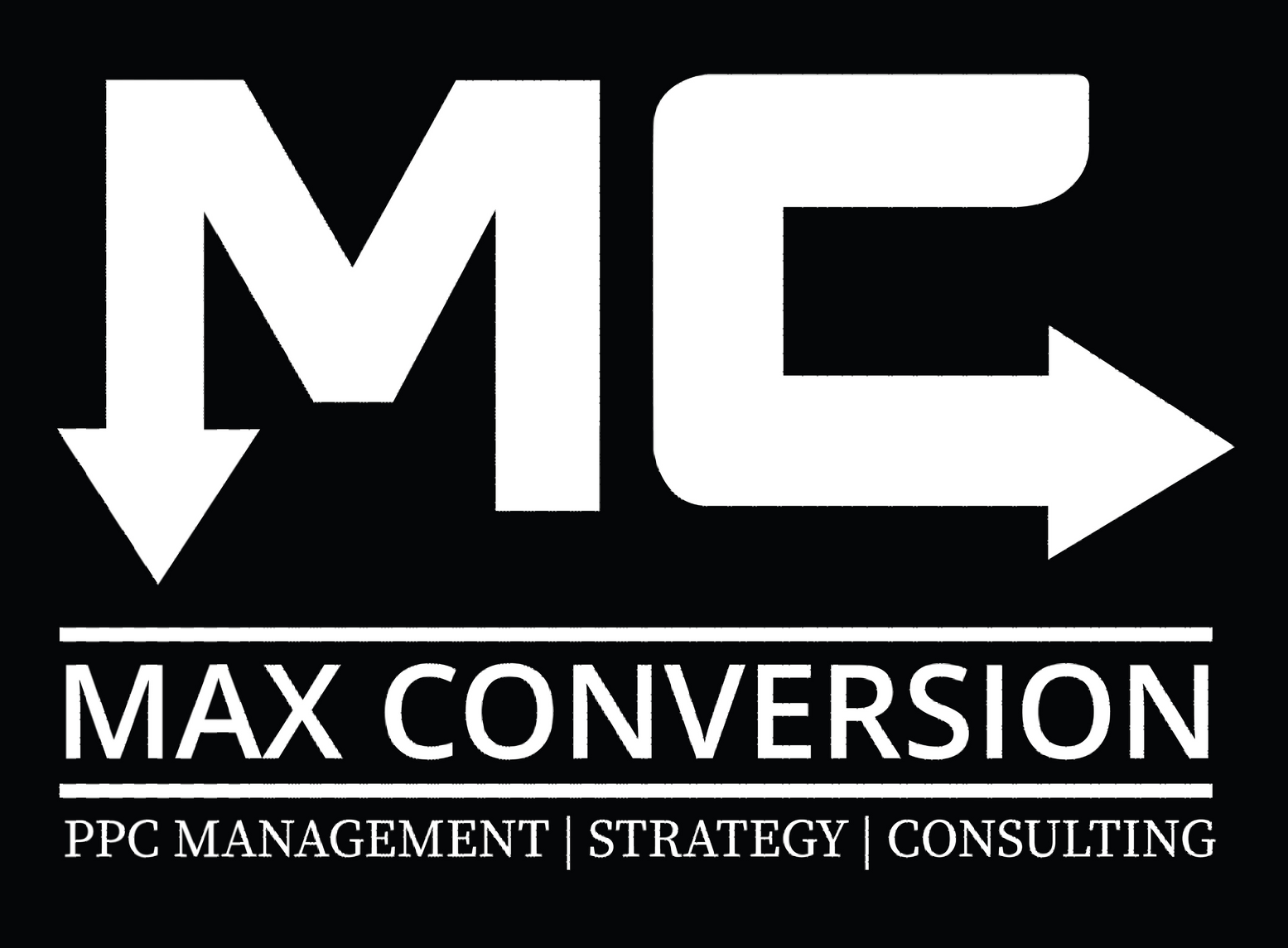The destination is just as important as the ad itself when running profitable Google Ads campaigns. So should you send traffic to your website or build a landing page? This is a question we get asked frequently by our clients at Max Conversion.
This episode breakdown will cover the difference between a website and a landing page, when to use each and how to boost conversions for lead generation and branding strategies. At the end, you know exactly how to structure your campaigns for better ROI, lower cost per lead and better quality opportunities.
Table of Contents
- Lead Generation Campaigns: Why Landing Pages Win
- Branding Campaigns: When Websites Make Sense
- Common Objections to Landing Pages (and Why They Don’t Hold Up)
- Why Landing Pages Outperform Websites in Google Ads
- Real Example: Website vs. Landing Page
- Final Takeaways
Lead Generation Campaigns: Why Landing Pages Win
Most Google Ads campaigns are designed with one simple goal: Generating leads profitably.
That means every click should result in as many high-quality calls and form submissions as possible. According to Kyle, host of the episode:
"If you build it right, landing pages will outperform a website 10 times."
Why:
- Higher Conversion Rates - An optimized landing page can convert 20-30% of ad clicks compared to 5-10% on A generic website.
- Lower cost per Lead - As conversion rates increase, the Cost per conversion drops as well, maximizing your ad budget.
- Quality Control - Landing pages can be tailored to search intent with dynamic keyword insertion and targeted messaging.
- Simplified Experience - no navigation menus or distractions the visitor is taken directly to action - call or submit a form.
If you want leads and revenue growth, you need landing pages.
Branding Campaigns: When Websites Make Sense
Brand awareness campaigns operate under different rules. Instead of producing direct leads, you need as many impressions and clicks as you can from the correct target market at the cheapest cost.
Metrics such as impressions, click through rate and engagement matter more here than conversion rate.
That's why ads are directed to your website homepage:
- It allows users to test out your services.
- It contains educational content about your brand.
- It encourages long term recognition rather than an immediate lead.
For branding, send traffic to your site. For lead generation, use landing pages.
Why Landing Pages Outperform Websites in Google Ads
Here are the biggest reasons landing pages consistently reduce cost per lead and improve ROI:
1. Enhanced Relevancy
Each page can be tailored directly to the keyword and intent (e.g., “emergency plumbing services” instead of a generic homepage).
2. Improved User Experience
No menus, no clutter—just clear messaging, trust signals, and calls to action.
3. Higher Conversion Rates
Focused pages with strong headlines, benefits above the fold, and easy contact options convert more visitors.
4. Faster Loading Speeds
Landing page builders like Unbounce, Instapage, or Duda often load faster than WordPress websites preventing costly bounce offs.
5. Easier A/B Testing
Testing headlines, layouts, and offers is far simpler on single purpose pages than on a full website.
6. Budget Efficiency
Lower cost per conversion means more leads for the same ad spend.
7. Scalable Campaigns
Once you’ve built one high performing page, it’s easy to duplicate and adjust for new services or keywords.
Real Example: Website vs. Landing Page
Kyle shared a side by side example from an insurance client:
- The Website – Looked great, but it was general, informational, and full of navigation menus. Even though it mentioned truck insurance, it wasn’t tailored to the specific keyword.
- The Landing Page – Stripped down design, no menu, bold headline, trust badges, benefits listed above the fold, and instant call to action buttons.
The result? A far higher conversion rate and significantly cheaper cost per lead.
As Kyle explained:
“The longer someone scrolls or clicks around, the less likely they are to convert. A landing page solves that.”
Final Takeaways
If you’re running Google Ads campaigns, here’s the simple rule:
- Lead Generation - Use a Landing Page
- Branding - Use Your Website
Landing pages are the key to maximizing conversions, lowering cost per lead, and getting more out of your ad spend. Websites are best for awareness, education, and long term brand engagement.
